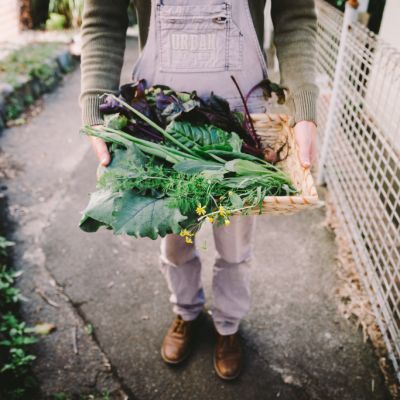Gardening: The six tools that every home gardener needs to own
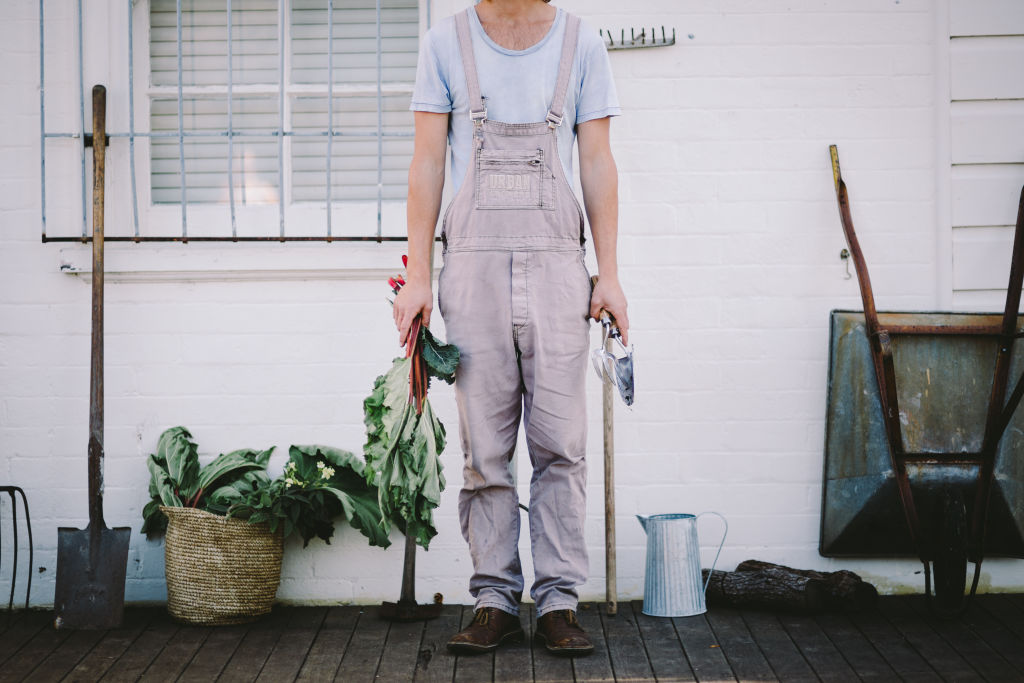
There are a few things we don’t welcome into our home, the first being blunt knives.
One of the fastest ways to know if you’ve made it to adult-land or not is whether you’re investing in boring household items. If the answer’s yes, then welcome, it’s nice to have you here. Sharp, quality tools, both in the kitchen, and in the garden are non-negotiables for me.
Forking out on quality tools is a smart and sustainable approach. But they don’t always need to be purchased new. I’ve found some gems at garage sales, markets and secondhand stores that work a dream.
Find out how to live more sustainably on Somewhere Else:
Below are the top tools I’d recommend you invest in for the sake of your garden (and your sanity). For all of the tools listed, remember to clean and sharpen them, as well as wrapping them in a cloth or cover.
Secateurs
A quality pair of secateurs will keep you cutting, pruning, harvesting and propagating plants every gardening session. It’s the primary tool and most used so a nice sharp pair that’s ergonomically shaped for your hand is the only option in my opinion. Spend between $50 to $100 and sharpen the blades regularly (on a sharpening stone) to save your hand and wrist doing all the work.
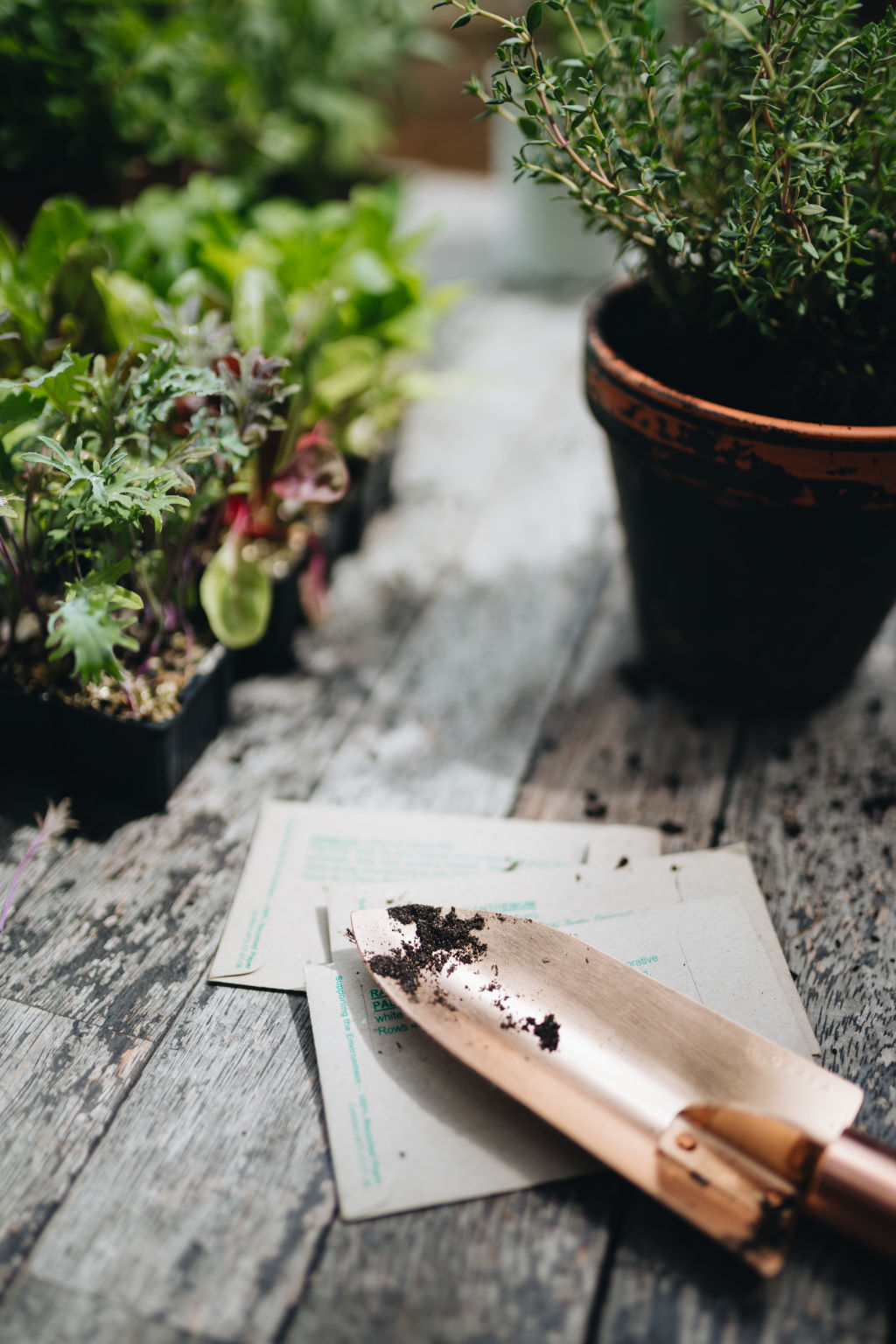
Loppers
We use these for working with shrubs and trees if we are likely to be cutting wood thicker than your thumb. Loppers are a great tool if you are renovating an old fruit tree or getting any plants back in shape that have grown too big. The longer the handle (my pair is 80 centimetres long) the better to reach tall branches, plus the leverage on the blades is increased, resulting in a quicker and easier cut.
Pruning saw
Probably not necessary for the balcony gardener as these are for cutting even thicker timber around the yard or acreage. Your pruning saw is a handy tool for removing dead wood or thinning out branches on your fruit trees for more sunlight and ease of harvesting.
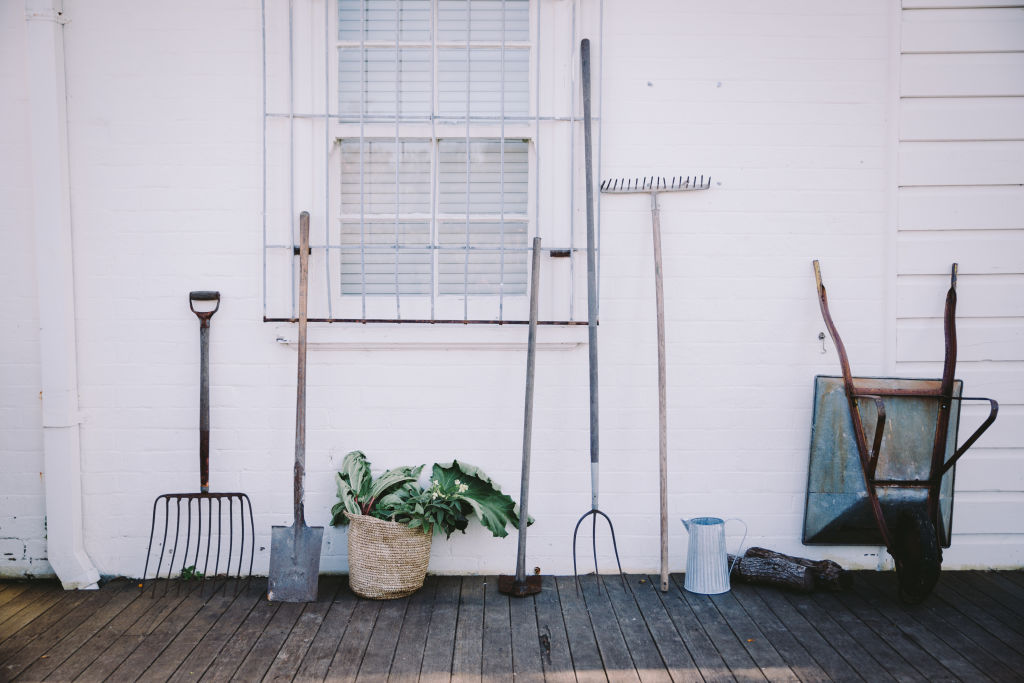
Long-handled spade
A long-handled spade is your best friend for digging a nice big hole for that new avocado tree. Short-handled spades are good for smaller gardens, although I find they are harder on your back if you are tall. Creating garden beds, moving soil, transplanting and many other tasks will require a decent sized spade.
Digging fork
Soil aeration in the garden, around trees or in the turf is important for root transpiration and mitigating compaction. You can turn garden soil, mix in manure and compost while aerating the soil. If you notice water is pooling on the soil around trees or on the lawn, it can be fixed by driving holes in the area to break up compaction.
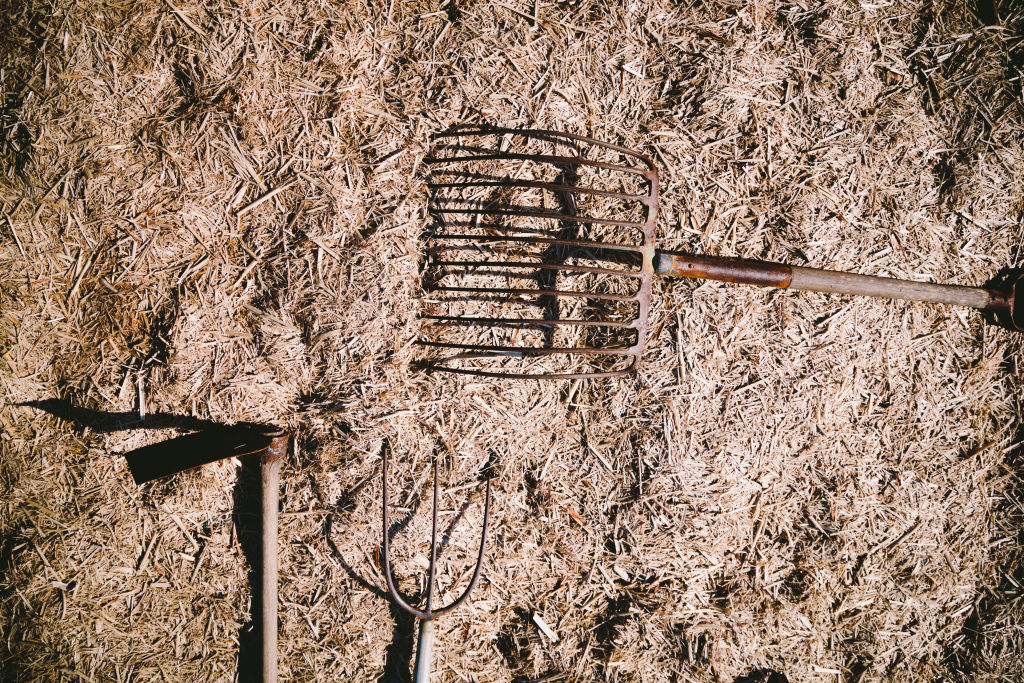
Short or long-handled hoe
An ancient garden tool that is used all over the world and is useful in the home garden for creating rows for seeds, pulling weeds and turning in manures and other soil conditioners. A short handle is best for small garden plots and a long handle is better for larger, open garden beds with longer rows.
Hand trowel & fork
Without these two in the garden you might find it’s like eating a bowl of soup without a spoon. Any size garden will need these trusty tools for all the small detailed work (e.g. your hand fork for teasing out the roots of a tree before planting or the trowel for planting your eggplant seedlings).
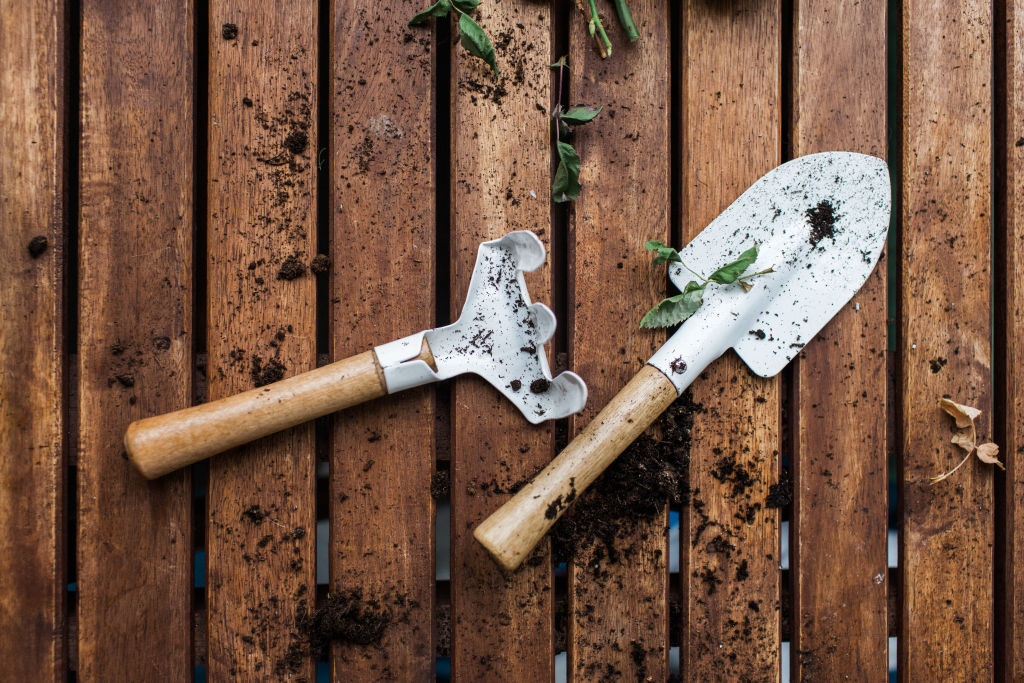
Slow Down and Grow Something: The Urban Grower’s Recipe for the Good Life, by Byron Smith with Tess Robinson, Murdoch Books.
We recommend
We thought you might like
States
Capital Cities
Capital Cities - Rentals
Popular Areas
Allhomes
More

